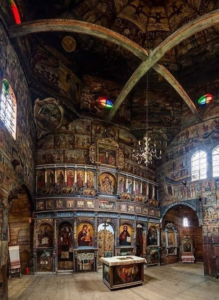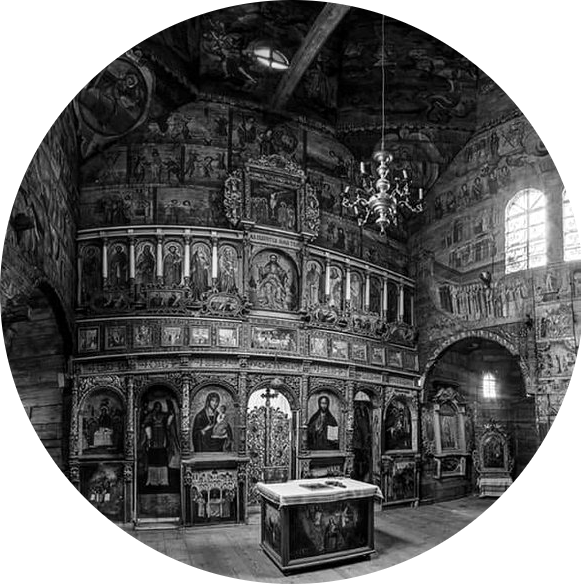(The modern field of) iconology is talking about icons, not painting them. It is a way of deconstructing icons and reducing them to words. In the hands of iconologists, an icon is a semiotic puzzle to be taken apart, reduced to figures, colors, and props. Each component is a symbol, a stand-in for a word, and the icon can be translated into its textual meaning.
Iconology does serve a useful purpose – it is a way of introducing icons to the visually blind. It shows modern people who are not accustomed to meaningful images that there is in fact, meaning in images. Ultimately, it provides an academic framework for studying icons in a way that can be reduced to essay questions on an exam – an absolute requirement in modern universities.It is not surprising then, that seminaries find the idea of ‘reading and writing’ icons appealing. In fact, probably most Americans find it attractive. It particularly appeals to converts from Protestantism. After all, Protestantism has always been rife with a text bias mixed with iconoclasm; if you say it’s written and not painted, then it’s not quite so much like the Catholic paintings that you always feared as a protestant. Of course, some people are attracted to Orthodoxy for more exotic reasons – the mysticism of Eastern religion, for instance. The term will appeal to them as well, because it implies gnostic secrets locked into the icons – an ancient language accessible only to the initiated.
I believe that all these affectations are ultimately harmful. Iconography was not contrived as an academic or mystical image-language. When Byzantine iconography arose, it was the natural style of painting used for all purposes in late Rome. It was as immediate and accessible to all people as cell-phone photos are to people today. We should not play up the exoticism or sophistication of icons. To do so may seem to exalt them in a romantic or academic sort of way, but in fact, it undermines their effectiveness as liturgical art. We should emphasize that icons are straightforward portraits of holy people and biblical events, painted in a way that makes them immediately accessible to our hearts and minds during prayer. If modern people have a hard time looking at them clearly, then we do not need to deconstruct the icons (and we certainly don’t need to replace them with a new style of painting) – rather, we need to teach people to see truth in beautiful images the way everyone once could. This is a matter of changing our culture, and it is not something that can be taught in school. A sensitivity to beauty can be acquired only by exposure to beauty. The church can gradually teach modern people to see by surrounding them with intense beauty, until the beauty of good icons and the truth of God’s kingdom become inseparable in our hearts and memories.
– Andrew Gould, from To Write or Paint an Icon, pt. 2: A Symptom of Modern Blindness – Further Thoughts on the Phrase “To Write an Icon.” Orthodox Arts Journal, 2013

Featured image: Church of St. George in Drohobych, Ukraine.



